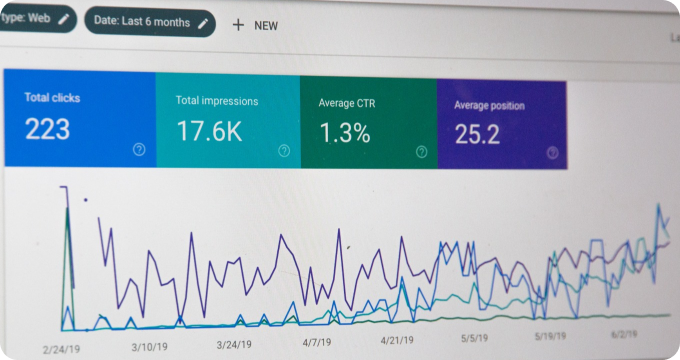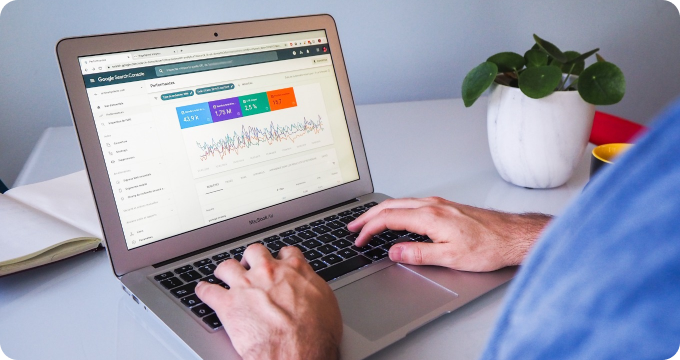Demand Forecasting Software Industry Report: Key Findings and Crucial Insights
- December 15, 2023
- 2 minutes
As we delve into the intricate world of demand forecasting software, it becomes evident that this industry has evolved dramatically over the last decade, positioning itself as an indispensable tool for businesses across sectors. Utilizing predictive modelling, artificial intelligence (AI), machine learning (ML), and other advanced analytical tools, demand forecasting software allows companies to peer into the future, predict customer behavior and plan ahead, thereby reducing uncertainty and mitigating risks.
Let's start by defining demand forecasting software. This sophisticated technology uses historical sales data, market trends, and other relevant information to predict customer demand. The software aids organizations in maintaining optimal inventory levels, reducing holding costs, and increasing customer satisfaction by ensuring availability of products when needed.
The relevance of demand forecasting software in today's market is undeniable. In an increasingly data-driven world, where consumer behavior is as fluid as it is unpredictable, having a tool that can anticipate fluctuations in demand is vital. The software provides insights that allow businesses to make strategic decisions, plan production, manage inventory, and streamline the supply chain.
Now, let's delve into some key findings and crucial insights from the demand forecasting software industry.
- First, there is a growing trend towards the integration of AI and ML in demand forecasting software. AI and ML algorithms can analyze enormous data sets, identify patterns, and make predictions with greater accuracy than traditional statistical models. However, these technologies carry certain trade-offs. While they significantly enhance prediction accuracy, they require substantial computational power and data sets, which may not be feasible for smaller businesses. Moreover, the complexity of these models can make them black boxes, leading to difficulty in interpreting the results.
- Second, the industry is seeing a shift towards real-time forecasting. With the advent of IoT devices and advanced analytics, it's now possible to collect and analyze data in real time, allowing for more accurate and timely predictions. However, this necessitates the continuous collection and processing of data, which could raise privacy and security concerns.
- The third key finding is the increasing demand for customized solutions. Businesses have unique needs based on their industry, market, and size. Therefore, demand forecasting software providers have started offering personalized solutions to cater to these specific needs.
Looking at the regional distribution, North America currently dominates the market due to the high adoption of advanced technologies and the presence of key players in the region. However, growing awareness and digitalization in emerging economies like India and China are expected to fuel the market growth in the Asia-Pacific region.
The demand forecasting software market is growing at an unprecedented rate and shows no sign of slowing down. According to a report by MarketsandMarkets, the global demand forecasting software market size is expected to grow from USD 1.5 billion in 2020 to USD 3.3 billion by 2025, at a Compound Annual Growth Rate (CAGR) of 17.2%. This growth is spurred by rapid digital transformation, increasing volumes of data, and the need for businesses to stay agile and proactive in a competitive landscape.
In conclusion, the potential of demand forecasting software is immense, and its impact reaches far beyond the realms of inventory management and sales forecasting. It is revolutionizing the way businesses plan, strategize, and operate. As the technology matures and evolves, it will continue to unlock new possibilities and opportunities, shaping the future of business operations.
Learn More
Unleash the power of prediction and steer your business towards success by delving deeper into our enlightening blog posts on demand forecasting software. For an unbiased, comprehensive view, the reader is encouraged to explore our meticulously curated rankings of the Best Demand Forecasting Software.
Popular Posts
-
 7 Compelling Reasons Why Your Business Needs Demand Forecasting Software
7 Compelling Reasons Why Your Business Needs Demand Forecasting Software
-
 The Future of Demand Forecasting Software: Predictions and Emerging Trends
The Future of Demand Forecasting Software: Predictions and Emerging Trends
-
 Ask These Questions to a Demand Forecasting Software Provider to Choose the Right Solution for Your Business
Ask These Questions to a Demand Forecasting Software Provider to Choose the Right Solution for Your Business
-
 How to Hire the Right Demand Forecasting Software for Your Business
How to Hire the Right Demand Forecasting Software for Your Business
-
 7 Things I Wish I'd Known About Demand Forecasting Software Before Implementing One
7 Things I Wish I'd Known About Demand Forecasting Software Before Implementing One






